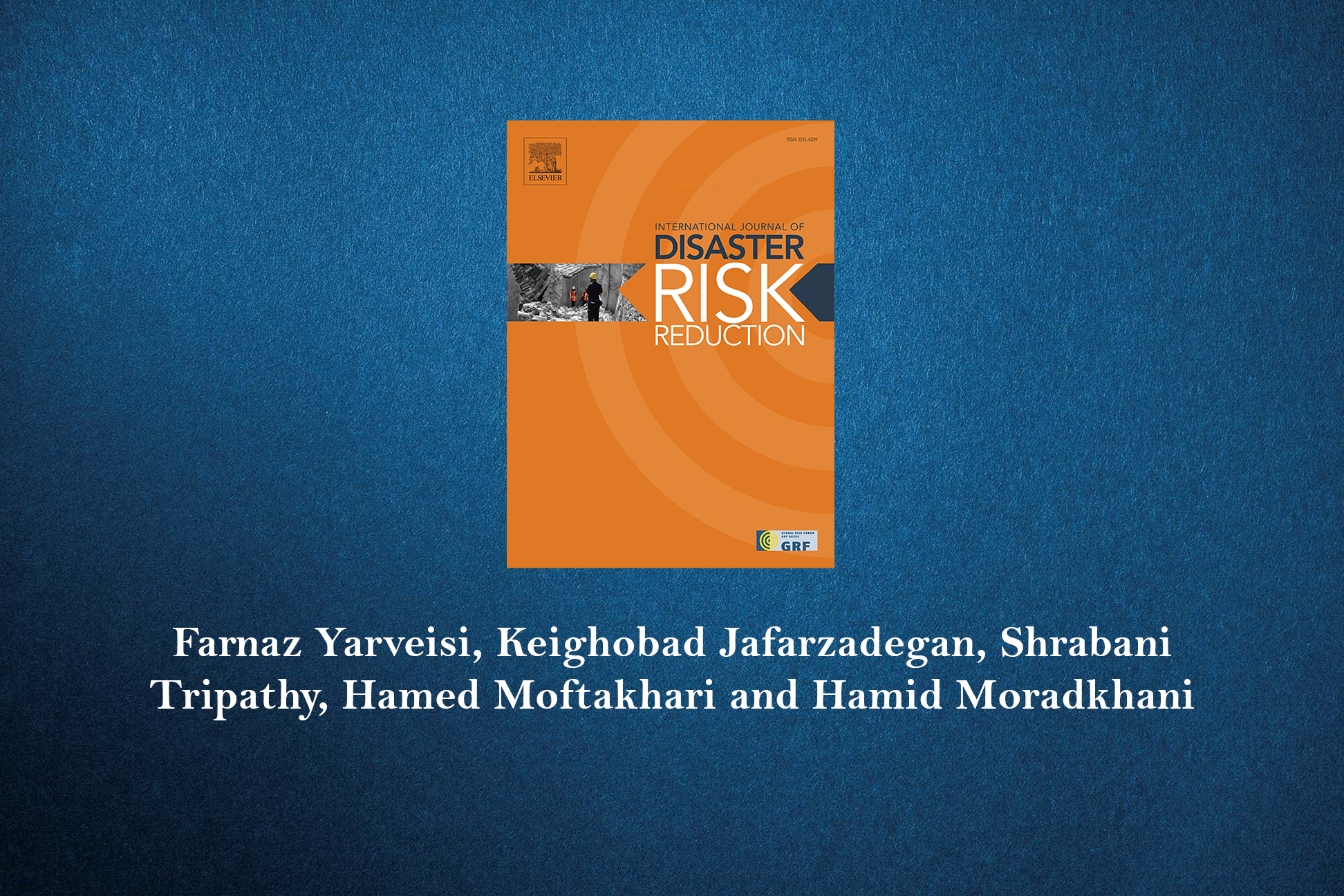The escalating global frequency and severity of disasters highlight the need for regional to national risk assessments, necessary for risk-informed decision-making. The susceptibility of the Gulf Coast of the United States to flooding underscores the urgency of this need. Here, we introduce a framework for fine-scale (i.e. block-level) flood risk assessment in low-lying coastal regions prone to compound hazards that systematically addresses limitations in existing approaches. Focused on reducing subjectivity and enhancing spatial resolution down to the block level, our proposed framework integrates hydroclimatic, geomorphological, socio-economic, and infrastructure variables, and incorporates indicators including land use, soil type, elevation, and demographic data to ensure a comprehensive evaluation of flood vulnerability. Additionally, we capture the multidimensional nature of compounding hazards by accounting for both precipitation probability and storm surge height in our analysis. To minimize subjectivity in determining the contribution of various risk indicators, a supervised machine-learning algorithm classifies flood risk levels based on reported damages since 2006. The results highlight that 60% of the studied Gulf Coast blocks face high to very high flood risk, necessitating proactive risk management. Such high-resolution risk factorization could provide insights for informed decision-making in emergency responses, land use planning, and resilience assessment….Read more
-
PreviousOur recent paper in Sustainable Cities and Society, A Surrogate Machine Learning Modeling Approach for Enhancing the Efficiency of Urban Flood Modeling at Metropolitan Scales
-
NextPhD Candidate, Parnian Ghaneei received the 3rd place award in the 3MT presentation competition in the college of Engineering. Congratulations Parnian, keep up the great work!

